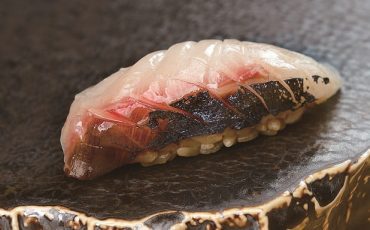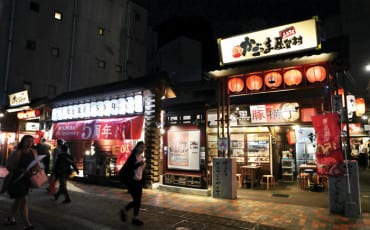Articles
Seasons
Jul 1, 2015
Cool Summer in the Japan Style
Summers in Japan can be unbearably hot, which is why the locals have come up with a number of novel ways to stay cool.
Summer in Japan is quite unlike anywhere else in the world. The enervating heat and humidity can leave one feeling listless and lethargic. In fact, the Japanese have even coined a term for this experience of fatigue – natsubate. However, you don’t have to let the weather get you down! For one, summer is the best time to show off your beautiful yukata. This casual summer kimono is usually made of cotton or synthetic material, and is unlined, making it a breezy option for those hot summer days. Here are several other tried-and-tested ways to beat the heat.
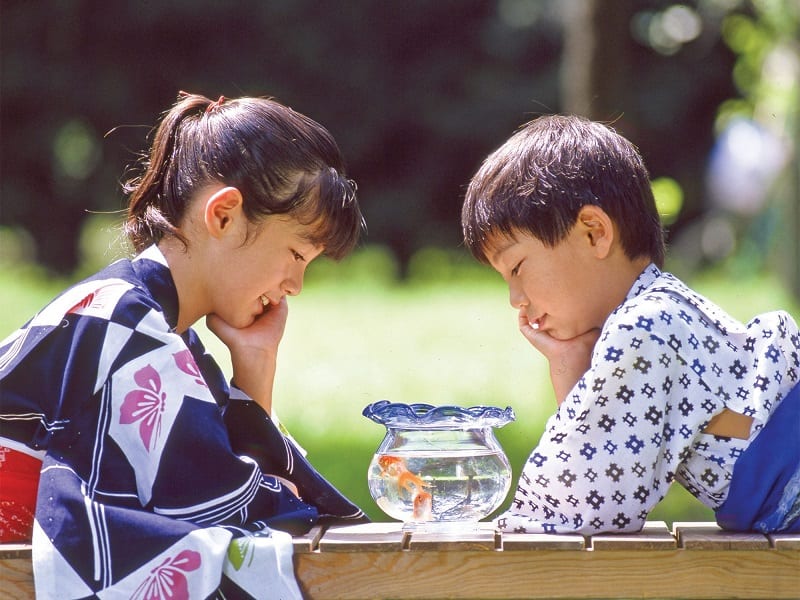
Cool Eats
In local parlance, shun refers to the peak period of produce, fish, and other food in Japan. Each food has its own shun, which may explain why certain dishes are more popular during certain seasons. Summer seasonal dishes are known as natsu no shun. A classic summertime staple is umeboshi (picked plums), which is typically eaten as a snack or a side dish. The samurai was also known to consume umeboshi to combat battle fatigue.
Another classic summer dish is unagi. While grilled eel can be consumed all year round, unagi is particularly beloved during the summer months because of its energy-boosting properties. Rich in nutrients such as vitamins A, B1, B2, D, and E, as well as calcium and protein, unagi is the perfect pick-me-up during those hot, sluggish days. Another summer staple is the watermelon. Apart from being oh-so-refreshing, the Japanese have a lot of fun with watermelons too. During the summer months, you’ll often find people playing suika wari on the beach. Literally translated as “watermelon breaking”, this involves hitting a watermelon with a baseball bat while blindfolded until the watermelon smashes open.
Other natsu no shun dishes to look out for include an array of summer fruit and vegetables – from soy beans to bitter melons (goya), and peaches to pineapples. A particularly popular natsu no shun dish is tokoroten, a dish made from jelly extracted from seaweeds like tengusa and ogonori. This jelly is pressed against a device known as the tentsuki to be shaped into noodles. These noodles are then enjoyed in a variety of ways, depending on the region, with toppings such as vinegar, soy sauce, mustard, or sesame. In the Kansai region, tokoroten is eaten with black honey.
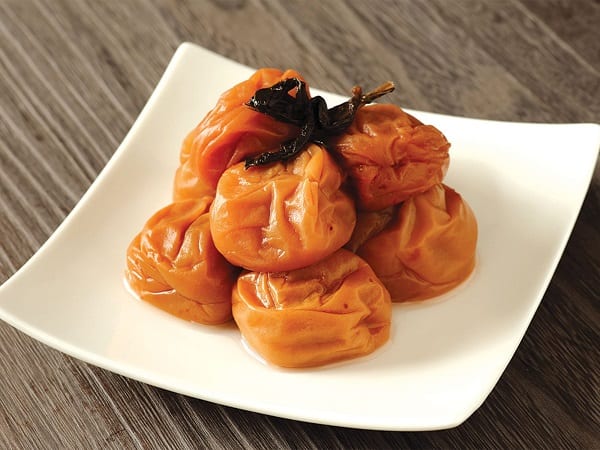
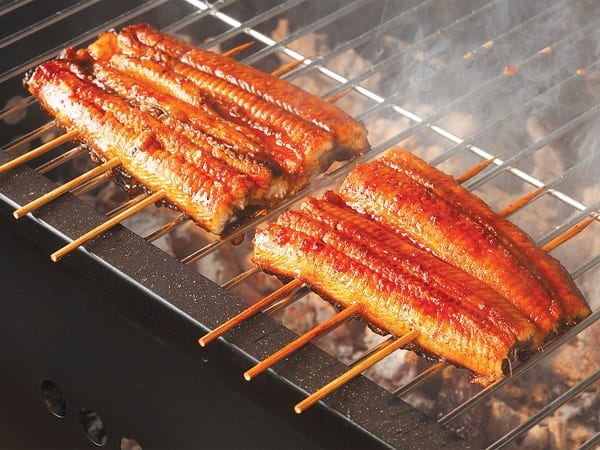
Dine Over Water
Of course, simply eating “cool” foods is not enough to keep the heat at bay. What happens when you really need a respite from the soaring temperatures? In Kyoto, the locals have an ingenious way of beating the heat. Kawadoko is a form of al-fresco dining that takes place on dining platforms suspended above a river. Dating back to the Edo period, this form of dining helps you take advantage of the cooling effects of the waters rushing below you.
Some of the most popular spots in Kyoto include the stretch along the Kamogawa River, which runs across Kyoto’s city centre, as well as Kibune, located about an hour north of Kyoto by train. Here, you can tuck into a delicious traditional Japanese meal on tatami floors elevated mere centimetres above the cold Kibune River. Kick back with a bottle of chilled sake and enjoy an idyllic dinner under the gentle twinkling of genji fireflies. Kanpai!
(Text Vanessa Tai)







